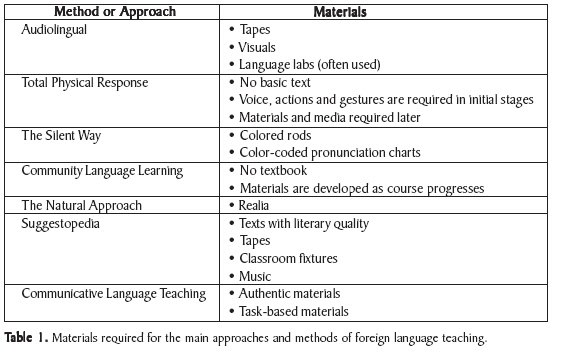How children learn:
Children are active learners and thinkers. (Piaget, 1970)
Children construct knowledge from actively interacting with the physical environment in developmental stages. They learn through their own individual actions and exploration.
Children learn through social interaction. (Vygotsky, 1962)
Children construct knowledge through other people, through interaction with adults. Adults/teachers work
actively with children in the Zone of Proximal Development (ZPD).
Zone of Proximal Development (ZPD)
=
difference between the child's capacity to solve problems on his own and his capacity to solve them with assistance
Children learn effectively through scaffolding by adults. (Bruner, 1983)
The adult’s role is very important in a child’s learning process. Like Vygotsky, Bruner focused on the
importance of language in a child’s cognitive development. He shows how the adult uses “scaffolding”
to guide a child’s language learning through finely-tuned talk. (Cameron, 2001)
Effective Scaffolding (Bruner, 1983)
Parents who scaffolded effectively
• created interest in the task;
• broke the task down into smaller steps;
• kept child “on task” by reminding him of the purpose or goal;
• pointed out the important parts of the task;
• controlled the child’s frustration during the task;
• modeled the task, including different ways to do the task.
VYLs (under 7)
- acquire through hearing and experiencing lots of English, in much the same way they acquire L1
- learn things through playing; they are not consciously trying to learn new words or phrases – for them it’s incidental
- love playing with language sounds, imitating, and making funny noises
- are not able to organize their learning
- not able to read or write in L1; important to recycle language through talk and play
- their grammar will develop gradually on its own when exposed to lots of English in context
YLs (7-12)
- are learning to read and write in L1
- are developing as thinkers
- understand the difference between the real and the imaginary
- can plan and organize how best to carry out an activity
- can work with others and learn from others
- can be reliable and take responsibility for class activities and routines
















